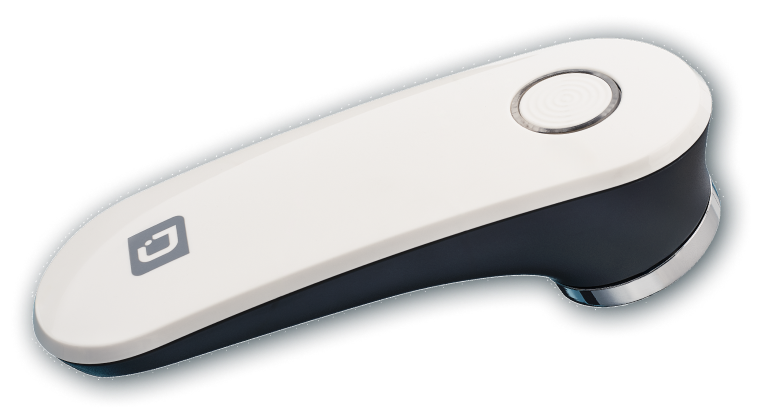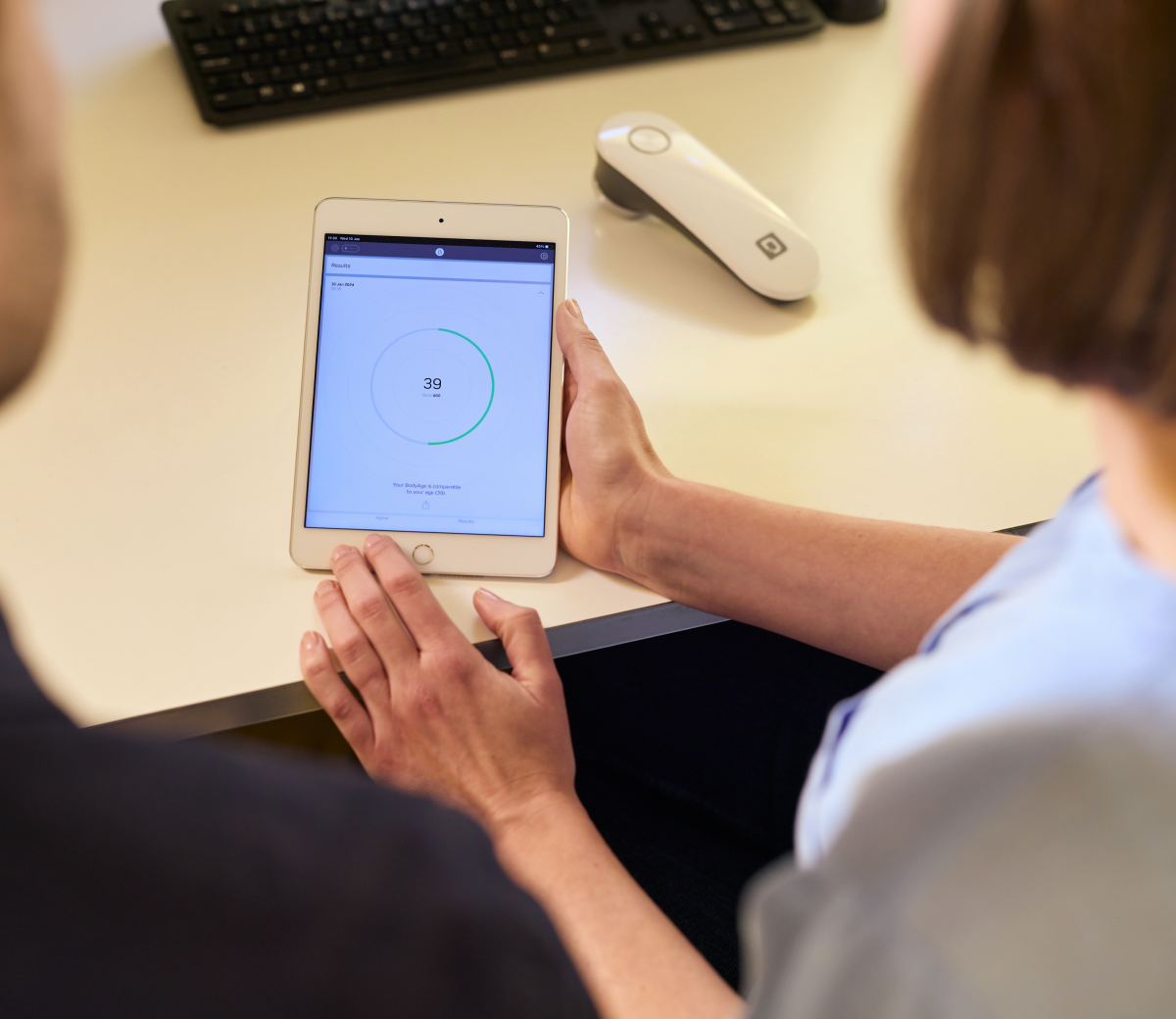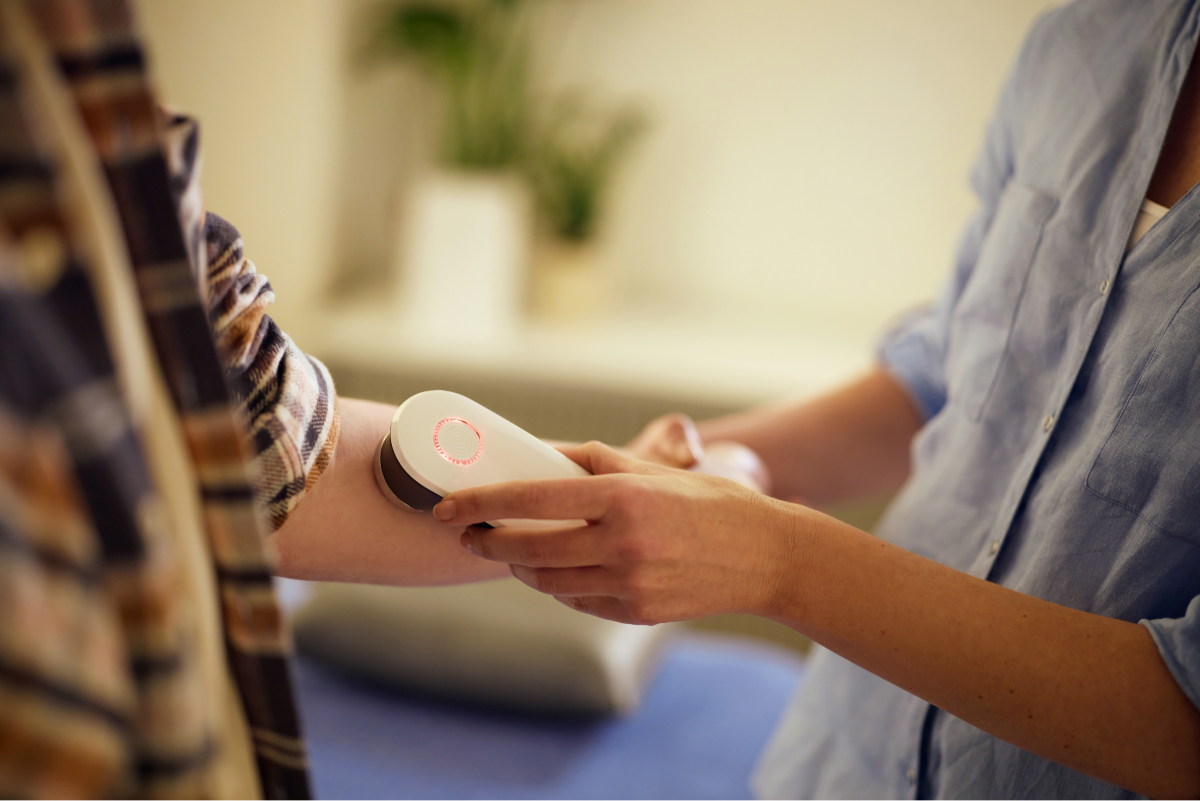
Powerful predictor of illness and premature aging
AGEs develop from a chemical reaction between sugars and proteins in the body. Through various stages, this reaction sets a process in the body in motion that is ultimately irreversible. The resulting molecules bind to your tissue and build up, which is how AGEs form.
The AGE Scanner from Diagnoptics: insight into your AGE levels in no time
AGEs are fluorescent. This means that, if you shine an imperceptible amount of UV light on them, they give off light in response, much like glow-in-the-dark material. The AGE Scanner uses this characteristic to see how many AGEs are present in a person’s tissue. Help your clients age the healthy way with our AGE Scanner!
Read more How it works?Operation of the
AGE Scanner.

Download the free app
Remove any clothing from your client’s forearm and connect the scanner to the app.
This app is called BodyAge and is available in all app stores.
Taking a measurement
Place the scanner onto the forearm, press the button, and begin the measurement
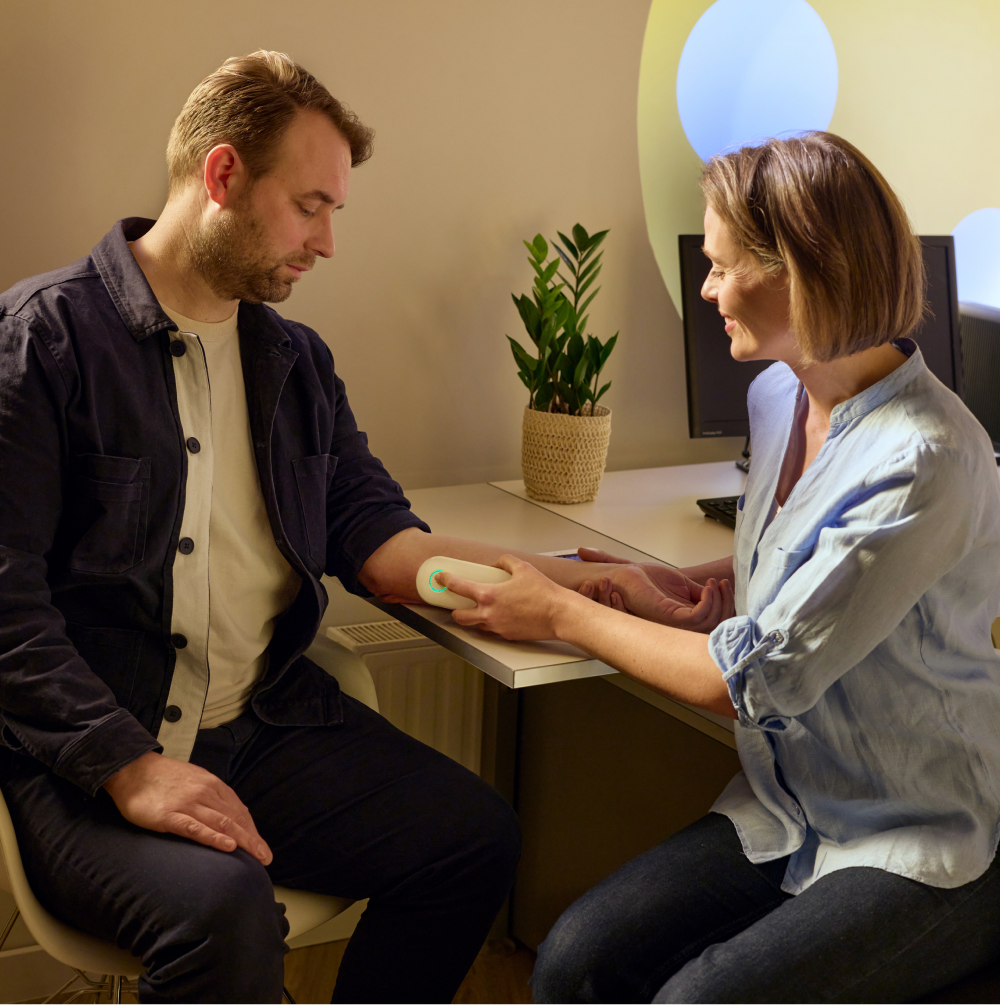
Measurement results in 12 seconds!
After 12 seconds, make your health recommendations easier to discuss
View our Scanner!Our reviews
We’ve been using the AGE Scanner at our practice for some time now, and we’ve noticed that our patients are really pleased with it.
Watch video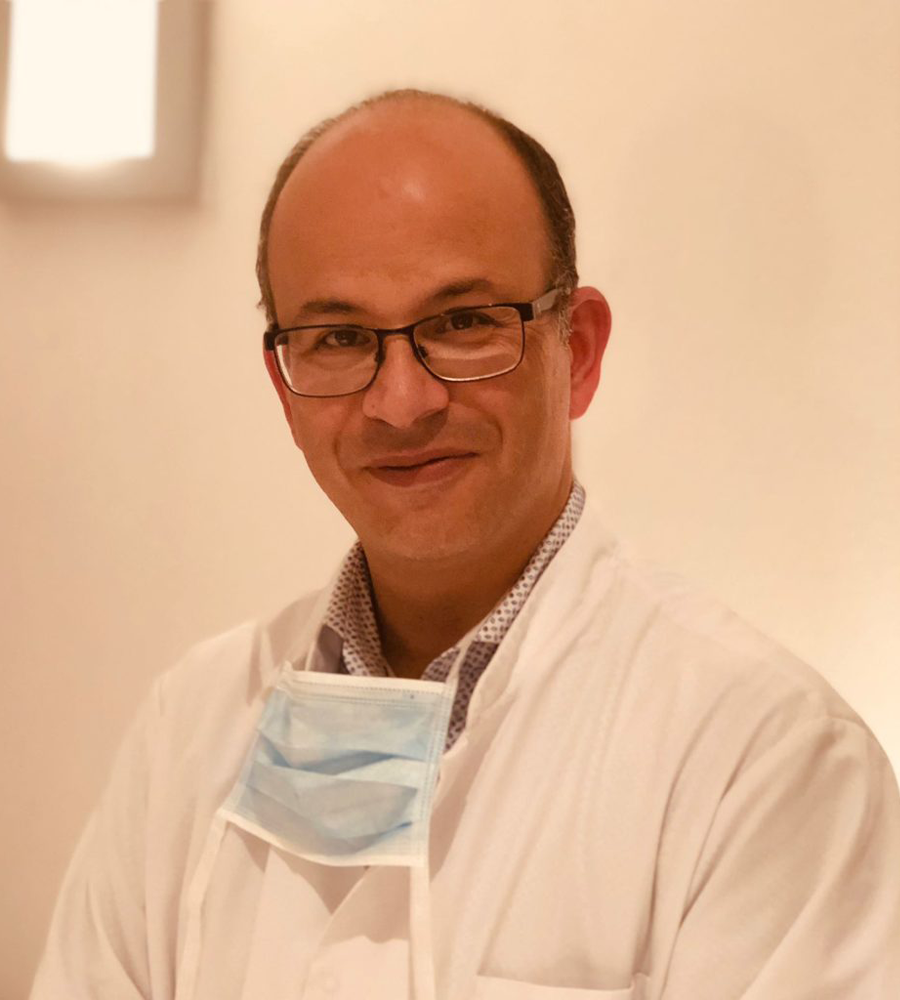 Dennis Bartels
Dennis Bartels
I use the scanner for prevention and to assess treatment, because measurements are concrete.
Watch video Jan Blaauw
Jan Blaauw
Frequently Asked Questions
More faqsLuckily, there’s some good news too!
As we mentioned earlier, AGEs develop from a chemical reaction between sugars and proteins in the body. There are even AGEs in the food that you eat. Foods with a lot of sugar and fat that are subjected to high temperatures are a source of many AGEs. These include fried/grilled meat, roasted peanuts and tree nuts, crème brûlée, soda, and even cheese and bacon.
Research is revealing more and more about how AGEs form in the body. In turn, we are also learning more and more about how to limit the damage they cause as much as possible. Physical activity and a diet low in carbohydrates and sugars can help you slow the development of AGEs.
Certain antioxidants may also contribute to slowing or reducing AGE formation. Antioxidants are found naturally in foods like vegetables, fruit, tea (green and black), and some medicinal plants. A few examples: vitamin B often occurs naturally in grains, salmon, leafy greens, and eggs. Polyphenols are primarily found in turmeric, red wine, grapes, citrus fruits, green tea, and broccoli. Rutin largely appears in capers, olives, buckwheat, and asparagus, while resveratrol naturally occurs in large quantities in raw peanuts and tree nuts, blueberries, red/purple grapes, and red wine. In addition to these natural sources, AGE-inhibiting substances can also be purchased in supplements, but adjusting daily food intake and lifestyle is always preferred.
Watching what you eat is good advice. Many studies have shown that a diet lower in sugar, specifically fructose, and fewer foods cooked at high temperatures helps to slow the aging process and make it healthier.
As we’ve already mentioned, the glycation reaction occurs in stages: the last step is the irreversible formation of AGEs. There’s always a chance to take action until then. Getting exercise, eating healthy, reducing stress, and consuming antioxidants can slow or reduce AGE development. This is a slow process: it typically takes at least three months before a structural decline in AGEs can be observed.
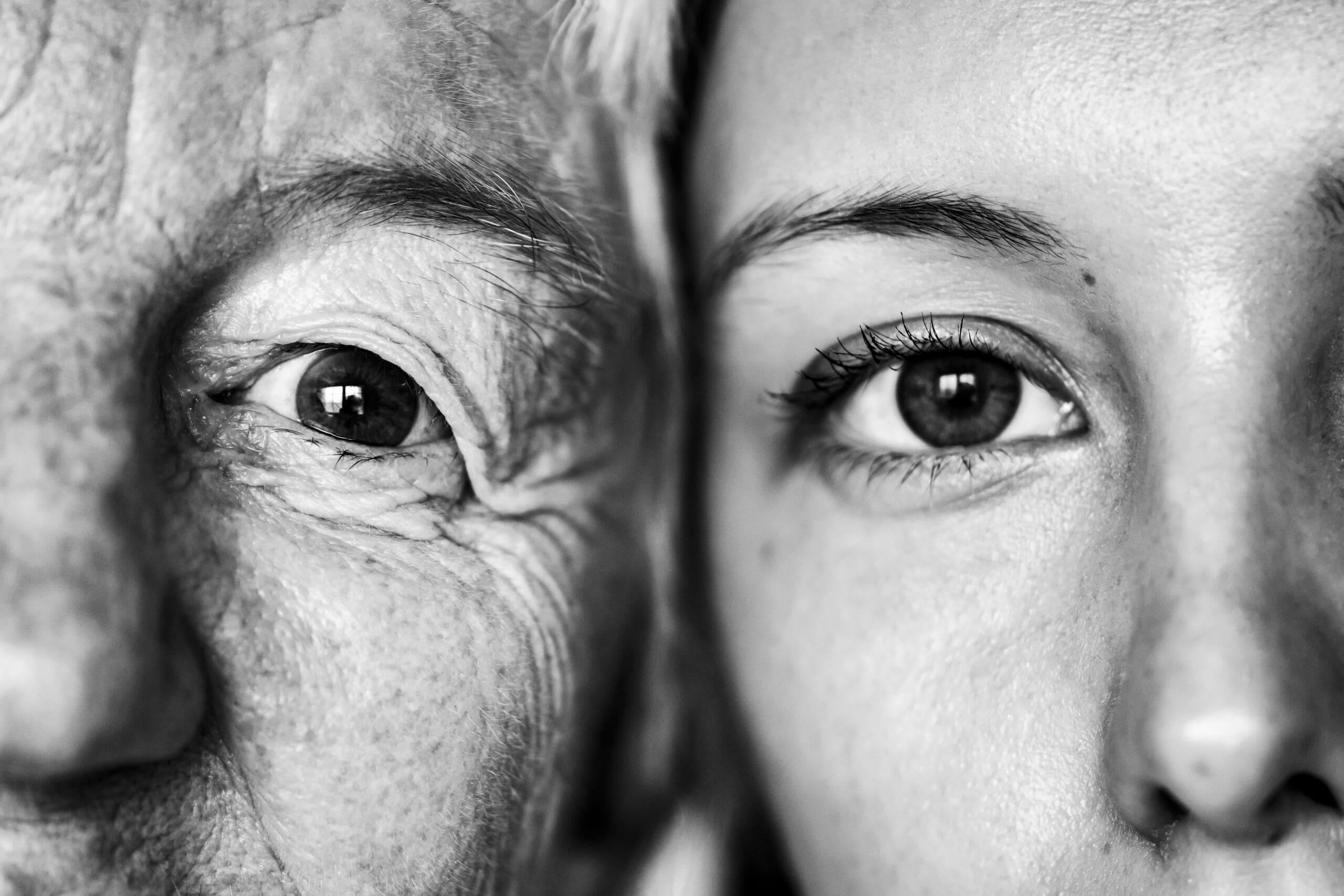
Powerful predictor of illness and premature aging
AGEs develop from a chemical reaction between sugars and proteins in the body.
Through various stages, this reaction sets a process in the body in motion that is ultimately irreversible.
The resulting molecules bind to your tissue and build up, which is how AGEs form.









